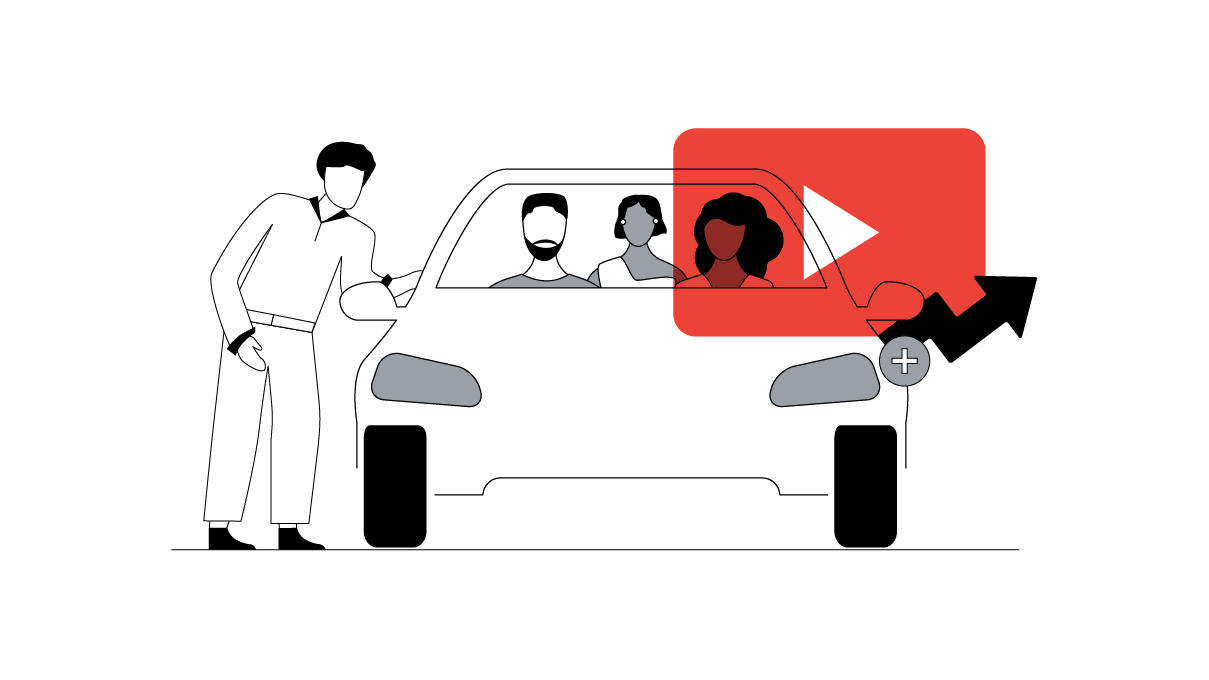As we see tectonic shifts in consumer habits, our use of mobile devices has pivoted from out-and-about essentials to stay-at-home needs and connecting with people.
In 2020, “workout at home” searches doubled, and the value of the fitness app market grew to US $4.4 billion in just one year. As more people turned to fitness apps, the race to provide better user experiences became top priority.
We at Fitify were part of this boom. During the first wave of the COVID-19 pandemic, our fitness app’s monthly downloads grew 6X compared to our average, totaling about 800,000 a month. For a two-man bootstrap startup like ours, which rapidly grew into a business of 15, being able to seamlessly analyse user data and enhance our app’s user experience across 180 countries was initially a challenge.
A data-driven approach — but make it personal
As people spend more time on screens, it’s becoming harder to compete for their attention. A creative idea is no longer enough. A flawless and tailored user experience and a flexible response to customer feedback is what matters.
Our first plan of action was to offer users a workout regime based on their fitness preferences. But after looking at our data, we soon realised that people didn’t know the workouts were especially tailored for them. We used Firebase and Big Query to find this insight.
The former is an app development platform that helped us monitor performance and see the customer journey — so we could better customise content to fit user needs. And the latter, a serverless data warehouse to manage and analyse our data, helped us gain insight into user acquisition, product performance, and A/B testing results.
A creative idea is no longer enough. A flawless user experience and a flexible response to customer feedback is what matters.
To make our offering clearer to our users, we showed them a variety of workout plan options from the start. And we then customised these in real time based on the user’s feedback, their performance, and changing needs. The information they provide has a direct impact on their future workouts. And it also provides data that we use to generate even better workouts for similar users in the future. This way we are constantly improving the workout experience.
Here's an example of what users see in the app and how their feedback is helping us create a more tailored workout for them in the future.
We found out that users exposed to more plans were more likely to stay engaged. A week after introducing the new plans, the number of users who continued to use the app grew by 30%, where people would normally drop off.
Testing 1, 2, 3
In addition to analysing your first-party user data, you need to be one step ahead and modify your product based on what users actually want. For example, we did some A/B testing and we learned that users don’t like it when workouts get shorter. When they decide to dedicate their time to exercise, they want to enjoy it to the fullest. So we adapted and made sure our workouts are the right length for each fitness level.
You need to be one step ahead and modify your product based on what users actually want.
Automation and reliable analytics are key to successfully pre-empt user needs. When we run A/B tests on Firebase, we receive continuous update reports that can be managed by people with no technical skills. And we were able to run several tests at once, which frees up time and resources to focus on coding and product improvements.
Future-proofing for a post-pandemic era
Since our inception in the Czech Republic in January of 2018, we’ve made the app global — reaching 10 million downloads on Google Play and increasing revenue by 800% between 2019 and 2020. And we achieved 308% year-on-year growth for the first half of 2021.
But as restrictions are lifting and fitness clubs are re-opening, you may be wondering how a fitness app is going to keep up the pace. We’ve got a plan. We introduced a new series of workouts that can be done at the gym with a virtual trainer.
The benefits of having a virtual trainer, as opposed to a private one at the gym, are accessibility and flexibility. There’s no need to search for a trainer, agree on a meeting time, and spend time traveling. Users can start exercising immediately after downloading the fitness app. So it’s a perfect tool to adapt to their immediate needs and preferences.
The world of mobile apps never sleeps and user demands are always in flux. So it’s crucial for companies to understand their users’ needs and have the data and tools at hand to help them get stronger. We believe that the future of fitness lies in the best of both worlds — automated fitness algorithms combined with the best human approach. Our goal is to continue building Fitify in this direction.






